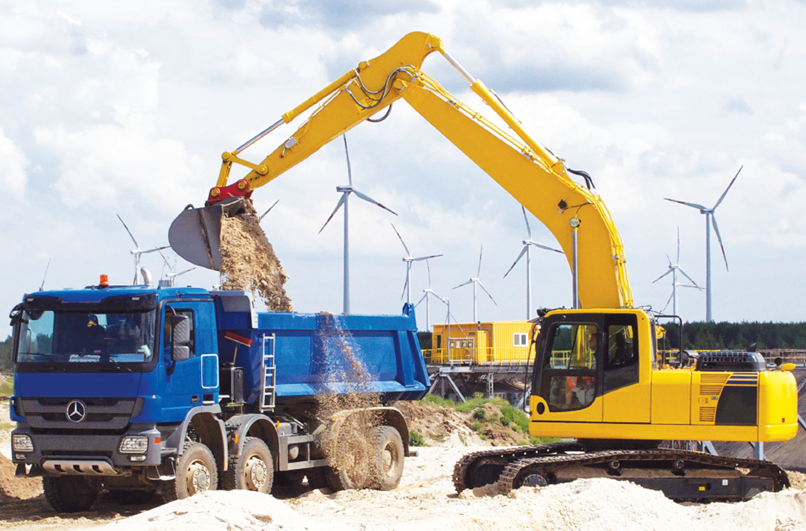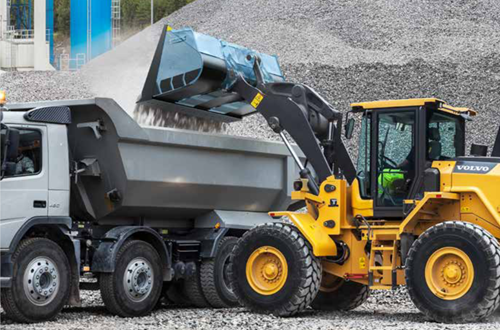
The snowball effect
The reason why effective weighing plays such a significant role in efforts to increase efficiency and productivity is that it’s one of the fundamental building blocks on which higher-level improvements are built, particularly on earthworks projects.

If, for example, during a cut and fill job, a contractor wants to fill a 25-tonne truck using their excavator with a 5ft bucket. Typically, based on their experience, they would load 10 buckets to do this. However, given the variance in material type and condition, the total weight, when calculated, is only 19.5 tonnes – leaving room in the truck for an additional two loads. Over an entire job, this could quickly snowball into an extra truck’s worth for every five trucks filled.
The knock-on effects of this relatively small error can be serious, particularly for a contractor looking to eliminate wiggle room in the name of efficiency. Supplying an extra truck incurs extra fuel, emissions and personnel costs and puts the brakes on progress. With unreliable material supply chains meaning construction companies need to plan ahead more than ever, doing so without verifying that their weighing systems are accurate could leave them taking two steps back every time they take one forward.
While over-estimating the weight of a load can leave a business out of pocket and disrupt schedules, under-estimating it can pose serious safety risks to workers on site and to members of the public – an overloaded truck on a public highway could be dangerous. The latest weighing technology puts construction managers in the best position to chase inefficiencies, eliminate errors, and keep their people safe.
Intelligent and intuitive
The value of advanced weighing systems is their ability to deliver the most accurate data to site managers, even in difficult conditions. Take, for example, the Topcon Loadmaster α100 on-board system for wheeled loaders and excavators. By compensating for issues such as changes in hydraulic oil temperature and using accelerometers to measure accurately, whatever the reality that operators find on-site, it allows decisions to be made on the numbers more often without consulting multiple stakeholders for their view. Compatible with end-to-end workflow and machine control platforms, accurate weighing systems are invaluable for tying the digital workflow to operations on the ground.

But even the most powerful systems rely on operators using them correctly, and a solution with a complicated or inconvenient user experience can be its own worst enemy. This was the case for operators working on a quarry in Diack, Senegal. As the operators had a range of language skills and education levels, a complex, language-based interface wouldn’t cut it. That’s why we created a bespoke system that involved scanning a QR code to receive an audible notification when the desired weight was reached. It could, therefore, be used by anyone without any risk of error.
Weighing is an unsung hero in the construction industry, an everyday data source which can be a catalyst for change to entire workflows to eliminate inefficiencies, reduce emissions, and drive down costs. For many construction companies, this small but mighty part of daily operations deserves an upgrade because minor inaccuracies can lead to significant problems. Remaining dialled into the scales is a useful way of getting to the bottom of what’s happening on site.
For more information, visit https://www.topconpositioning.com/









